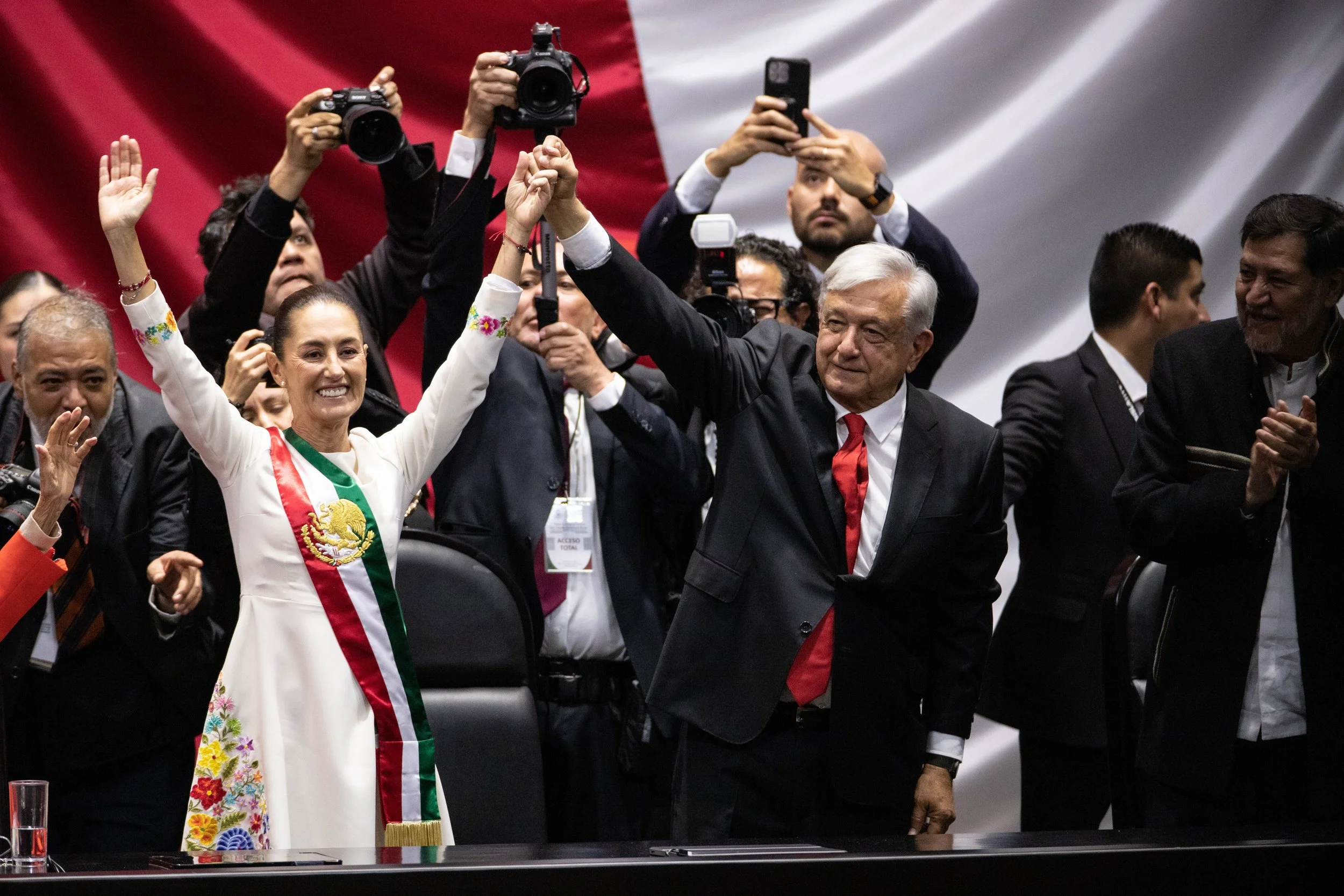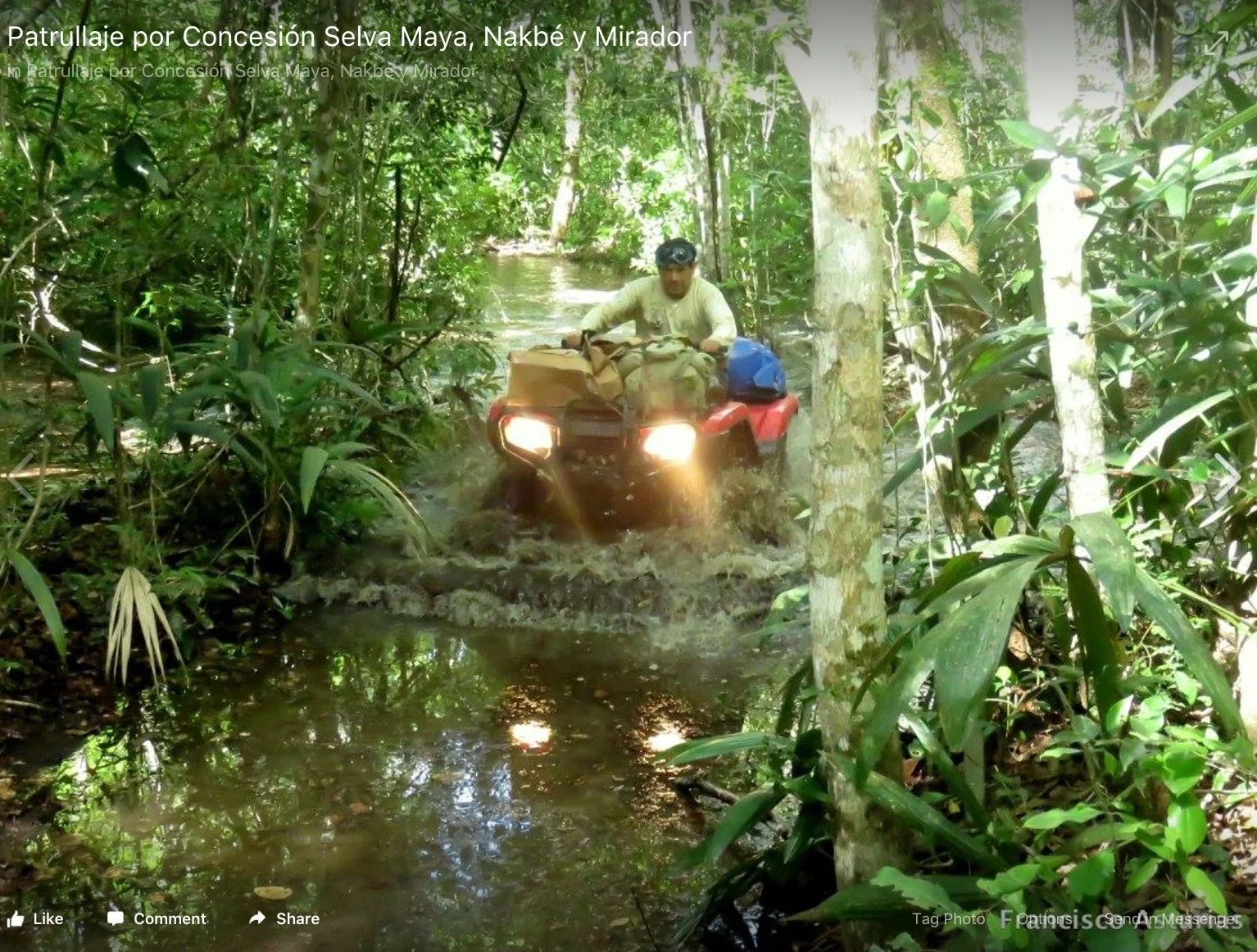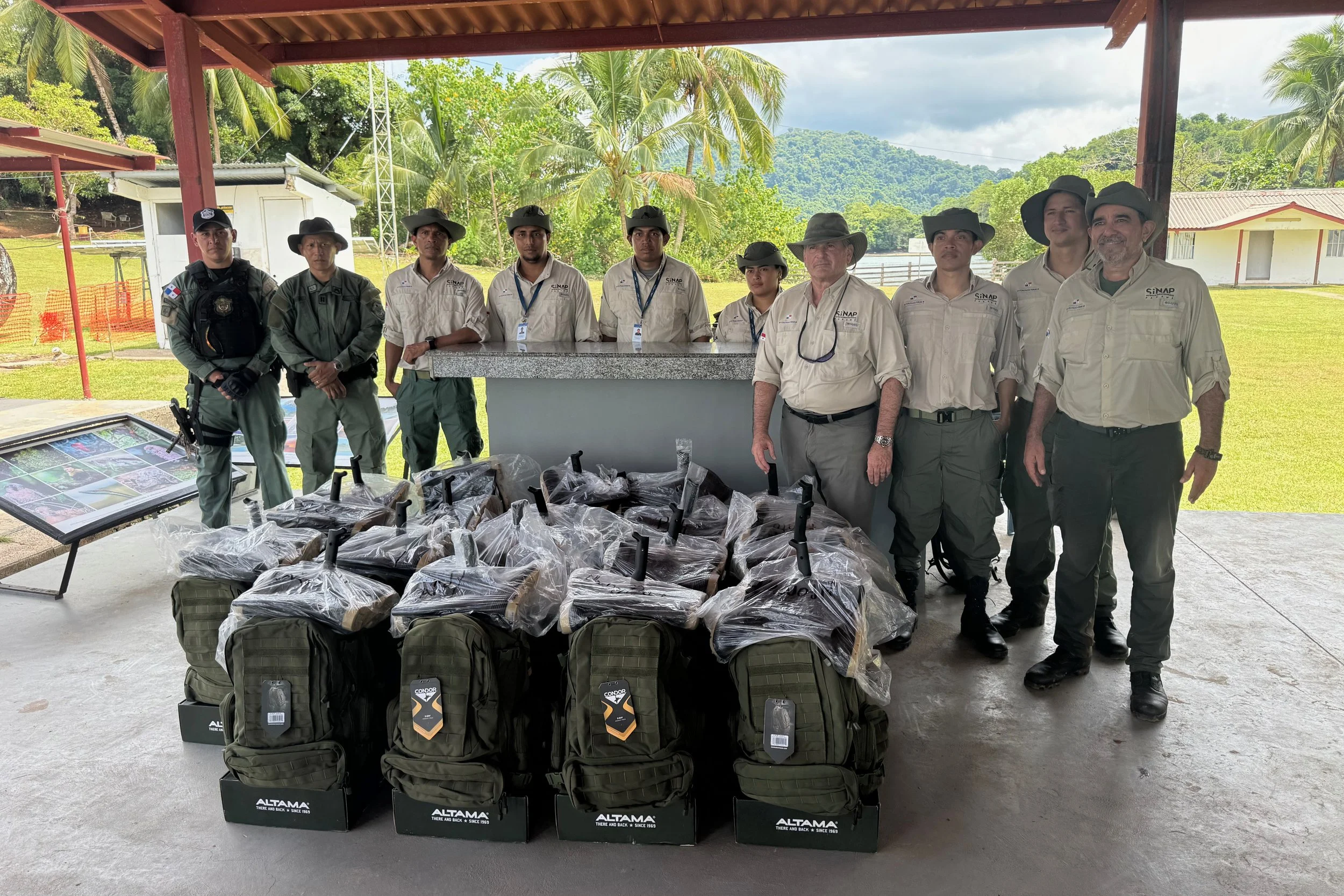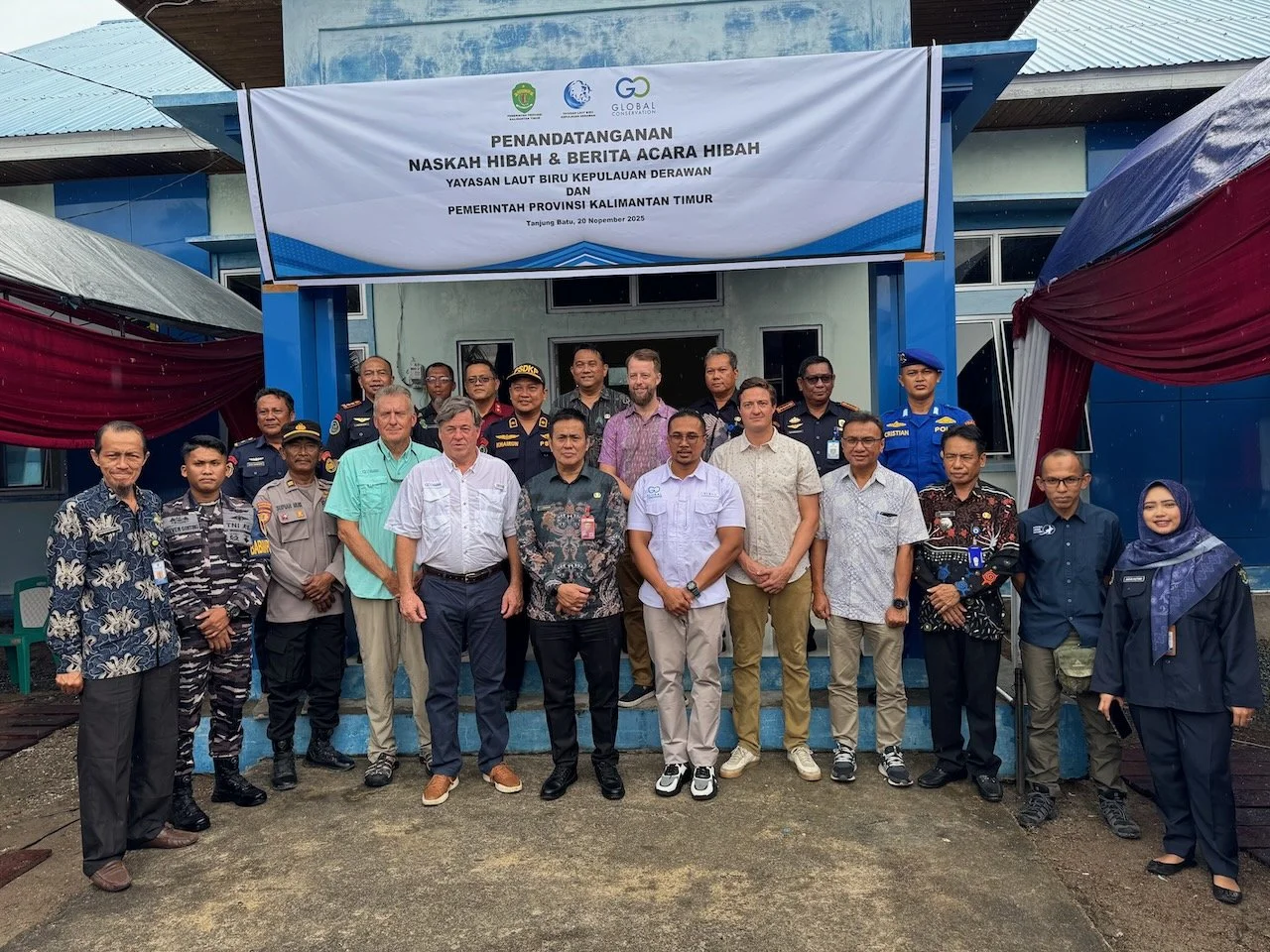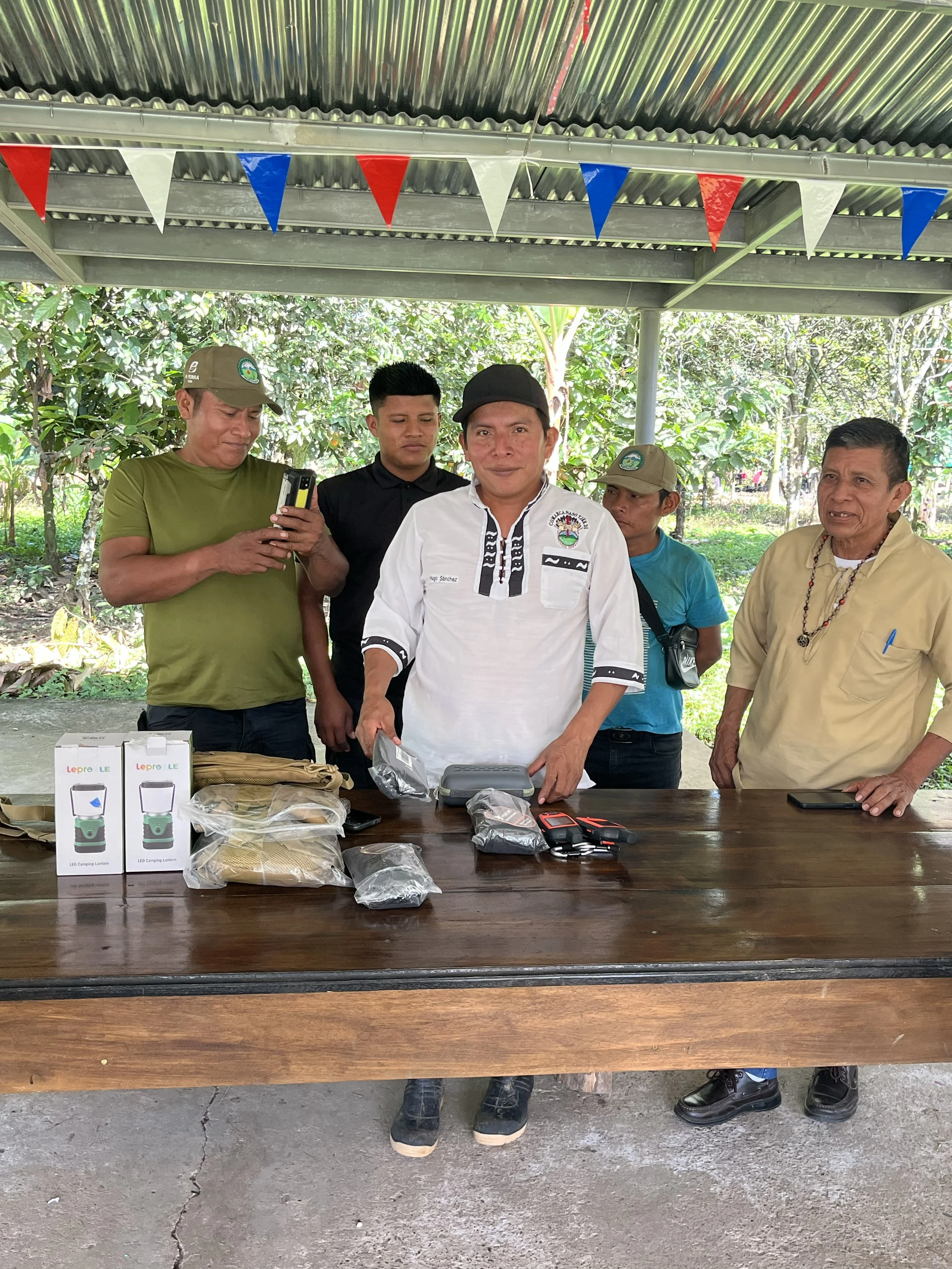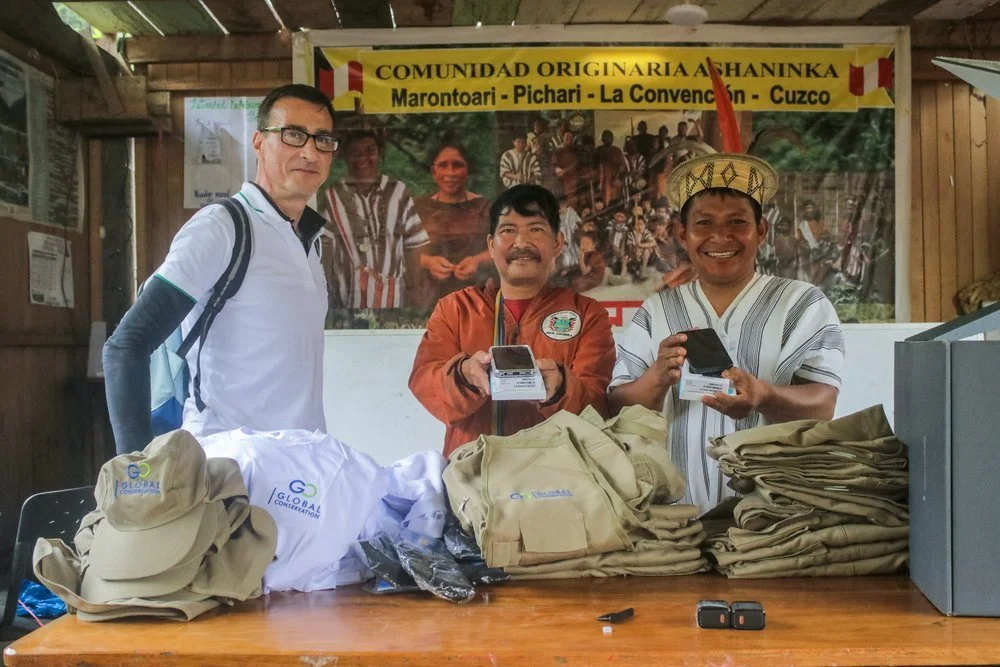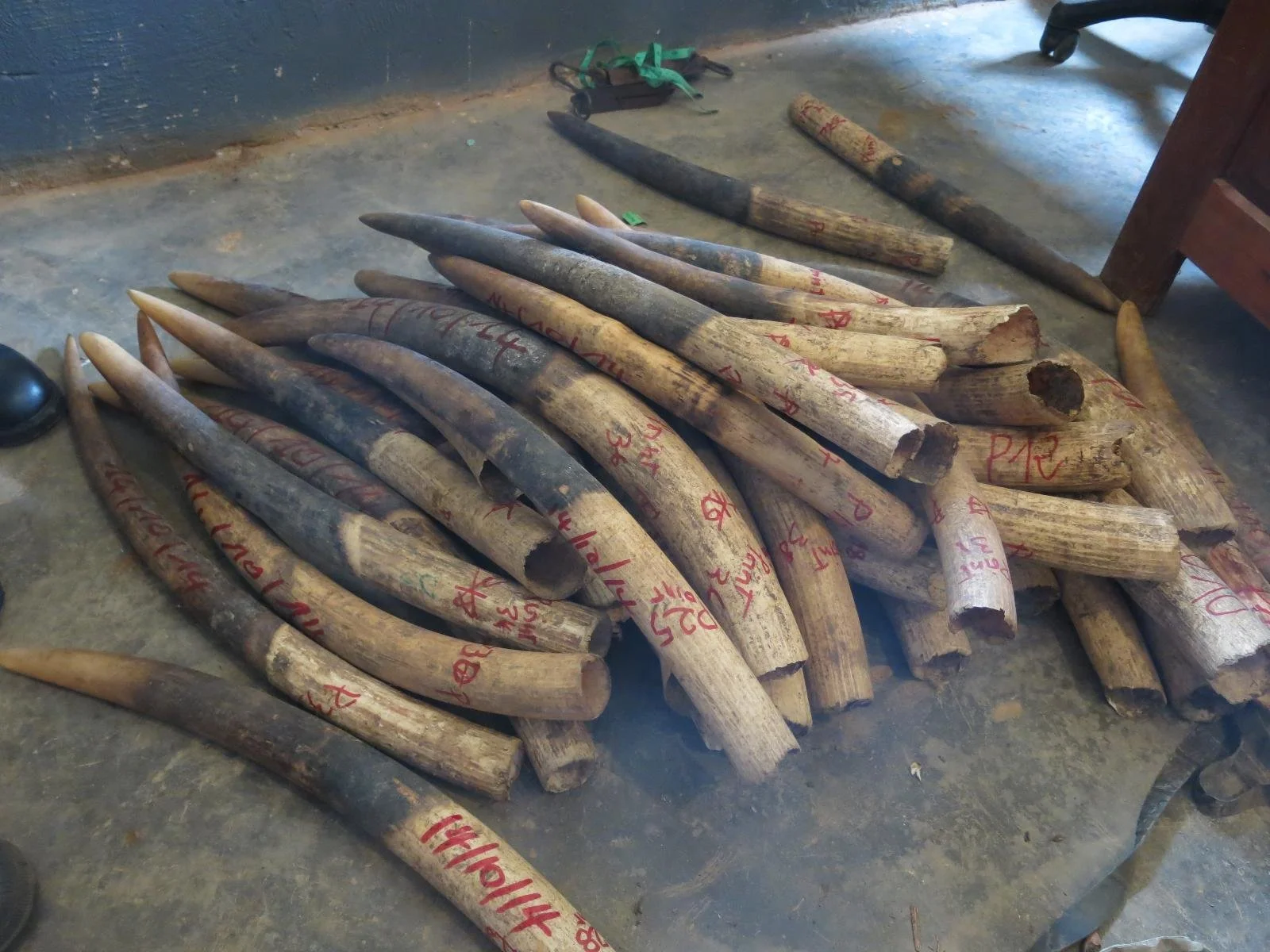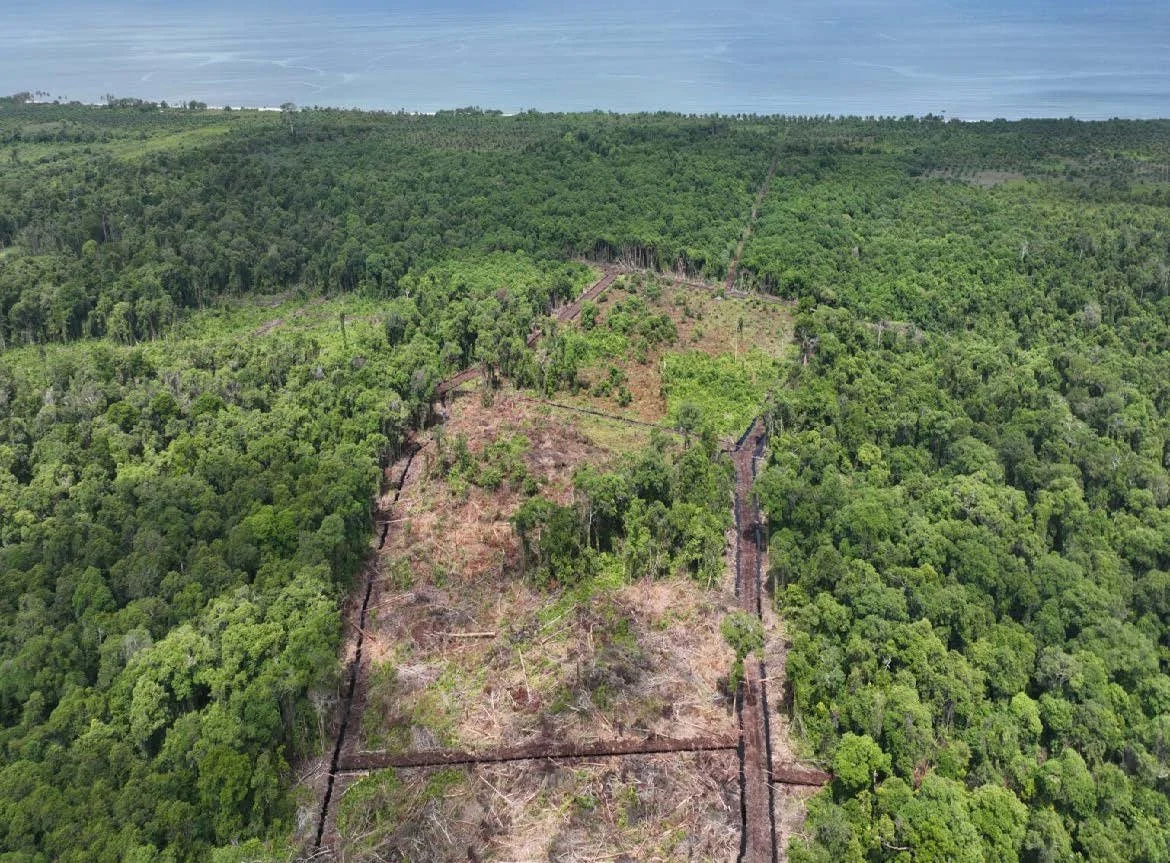GC Applauds New Trilateral Agreement to Protect the Maya Biosphere
Las Palmas Lagoon, found in Calakmul, is part of “Jaguar Camp,” where researchers, in partnership with Global Conservation, participate in Mexico’s National Jaguar Census led by Dr. Gerardo Ceballos. Photo ©Joshua Asel
Introduction
The governments of Mexico, Guatemala, and Belize signed an agreement to protect and preserve the Great Mayan Forest, a 5.7 million-hectare expanse shared by the three nations. It represents the second most important natural reserve on the continent, only after the Amazon.
From this historic region, very close to the Calakmul archaeological site, the leaders of the three countries signed the Calakmul Biocultural Corridor Declaration, the Great Mayan Forest.
Mexican President Claudia Sheinbaum Pardo. Photo ©shutterstock.com/Octavio Hoyos
"This is something extraordinary, and it is also being held at a historic meeting because the three heads of state have never met before. It is the first time that the three heads of state have met to work for the environment and the shared prosperity of our peoples," declared Mexican President Claudia Sheinbaum Pardo.
This ancient area extends across the three territories: 0.6 million hectares in Belize, 2.7 million in Guatemala, and 2.4 million in Mexico, for a total of 5.7 million hectares. It was the land of ancient Mayan civilizations, and today it is the home of their heirs.
Global Conservation’s Involvement
For over ten years, GC has been funding efforts to stop poaching and secure protections for national parks through our Global Park Defense program in Mexico, Guatemala, and Belize. This now united front between all three countries is a testament to Global Conservation’s hard work within and around the Calakmul Biosphere Reserve, which shares protections with all three countries already.
Above: photos show the joint patrols of three different countries coming together to patrol the borderlines of the three countries. GC supports community ecoguards who work with governmental agencies.
Francisco “Paco” Arturas, GC Director of Mirador Protection, works to protect some 800,000 ha of intact tropical rainforest in and around Mirador National Park. He also oversees the elite Genesys Rangers, which combines government, military, NGO, and community teams—who battle armed criminal networks involved in poaching, illegal logging, and land clearance. His stewardship has significantly increased patrol coverage and disrupted major illegal timber operations. His report follows.
Key accomplishments from our work inside the Mirador Río Azul National Park and Biotopo Dos Lagunas over the past month:
Border Protection: We successfully stopped a new group of invaders who were marking the border between Mexico and Guatemala in the western part of the park, just north of the Mirador archaeological site.
Patrolling and Prevention: We carried out five patrols in the area, during which we destroyed the markings left behind and confirmed that the invaders had been camping and doing significant hunting. In addition, we conducted a joint patrol with rangers from Calakmul and other Mexican counterparts, as well as with rangers from Río Bravo in Belize. We met at the eastern corner of the park, a location known as Tres Banderas or Aguasturbias, where we carried out a brief reconnaissance along the border and spent a night in the area under heavy rain. Now that the rainy season has begun, this is no longer a period when invaders usually attempt to enter, so we expect the rest of the year to remain calm until activity potentially resumes next year.
New Technology Proposal: We are currently collaborating with a British Diplomat on a project to implement advanced technology, which includes:
Upgrading the solar energy systems in three ranger camps with lithium battery systems
Acquiring a drone with infrared sensors to monitor the border—especially in areas with high invasion risk
Procuring new mobile equipment for rangers to enhance patrols using SMART and Earth Ranger systems.
Vehicle and Equipment Renewal: Thanks to the generous support from Global Conservation, we have fully overhauled the engine and suspension of our Land Cruiser pickup, which is now in excellent condition. Additionally, with combined support from Global Conservation and the German government through GIZ, we have secured the donation of two new ATVs, which will significantly enhance our mobility and patrol capacity in the field.
New National Support: We have also secured a donation of Q150,000 (approximately $19,200 USD) from the Fundación del Banco Industrial of Guatemala. These funds will be used to support our protection and conservation efforts in the Mirador area.
In response to the recent destruction of an extended portion of Calakmul National Park forests in 2024, activist organizations, including Paco on behalf of GC and Fundaeco, made a strong appeal to the governments of Belize, Guatemala, and Mexico to take prompt action to prevent this grave issue from getting worse.
International conservation expert Dr. Gerardo Ceballos has stated repeatedly that the Calakmul region, which is home to the jaguar, is the most biodiverse area of Mexico.
The Great Mayan Pyramids are famous world heritage sites located within the new corridor.
In Mexico, GC has been working for six years to support jaguar research efforts, led by Dr. Gerardo Ceballos, as well as the protection and monitoring of the Calakmul Biosphere Reserve. It’s been an ideal opportunity to provide local communities with financial resources, training, and assistance so they can permanently protect large tracts of forest.
Agriculture, development, and cities have destroyed many of the country's forests, so Calakmul represents the last chance to save Mexico's last intact tropical forest.
Gerardo and his team work in a protected area that is home to more than 350 bird species and nearly 100 mammal species—many of them endangered, such as the white-lipped peccary (Tayassu pecari), the Central American tapir (Tapirus Bairdii), and the puma (Puma concolor)—as well as 80% of the entire Yucatán Peninsula's plant species. It is also estimated to be home to some 500 jaguars and is one of the few places in Central America capable of supporting a viable population of this species.
Mexico, Guatemala, and Belize have one of the highest densities of jaguars in the world, but they are actively being poached. The ratification of this new corridor will help endangered species like jaguars to gain bigger protections through anti-poaching efforts in partnership with Global Conservation.
In Belize, GC also supports the work of the Belize Maya Forest Trust (BMFT), which spans 240,000 acres across the Cayo and Orange Walk Districts of Belize, representing one of the largest remaining expanses of tropical forest in the country. Beyond its ecological significance, the forest holds cultural value, housing ancient Mayan archaeological sites that date back over 3,000 years. It also provides vital ecosystem services, including carbon sequestration, water filtration, and soil conservation, making its preservation a global priority.
BMFT is dedicated to preserving this critical ecosystem through monitoring, enforcement, community engagement, and sustainable practices. Global Conservation’s support has enabled BMFT to enhance its capabilities through infrastructure upgrades, equipment acquisition, and expanded patrol efforts.
It doesn’t end there though. For marine ecosystems, GC has supported the protection of Turneffe Atoll in Belize for three years by collaborating with the Turneffe Atoll Sustainability Association (TASA) to implement Global Park Defense for Marine Protection. This includes Marine Radar surveillance, SMART Patrolling, patrol operations such as vessel maintenance, fuel and rations for patrols, and personnel development.


